Fascinated by the scientific and mythical implications of nuclear fusion experiments, Ezio D’Agostino traversed into the depths of ITER, the world’s largest power plant dedicated to harnessing solar energy.
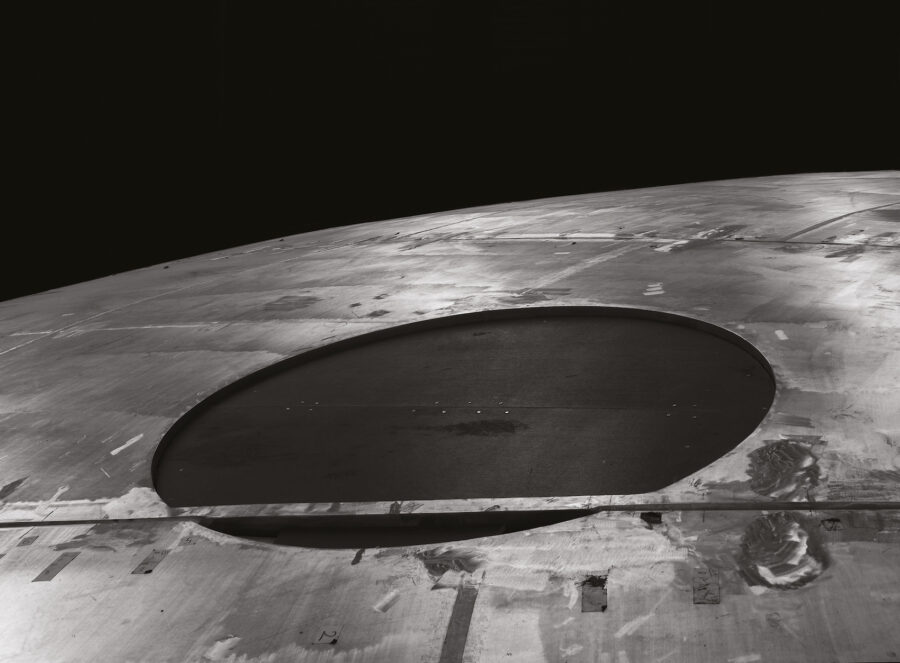

Fascinated by the scientific and mythical implications of nuclear fusion experiments, Ezio D’Agostino traversed into the depths of ITER, the world’s largest power plant dedicated to harnessing solar energy.
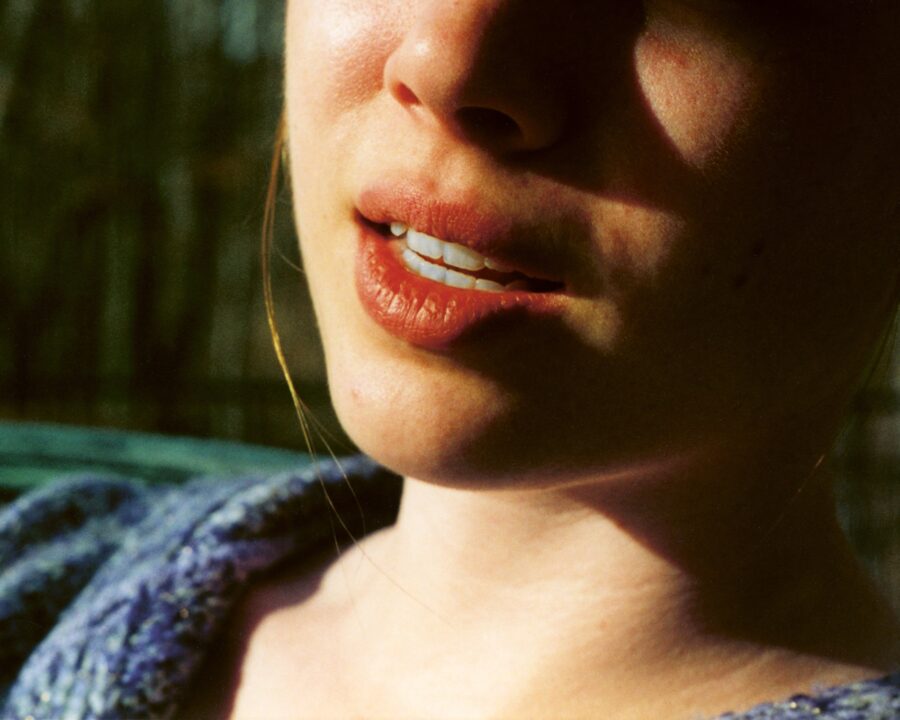
Another Online Pervert juxtaposes images from the photographer’s archive with text conversations generated by an AI chatbot, challenging our instincts and perceptions with its eerie reflection of human nature
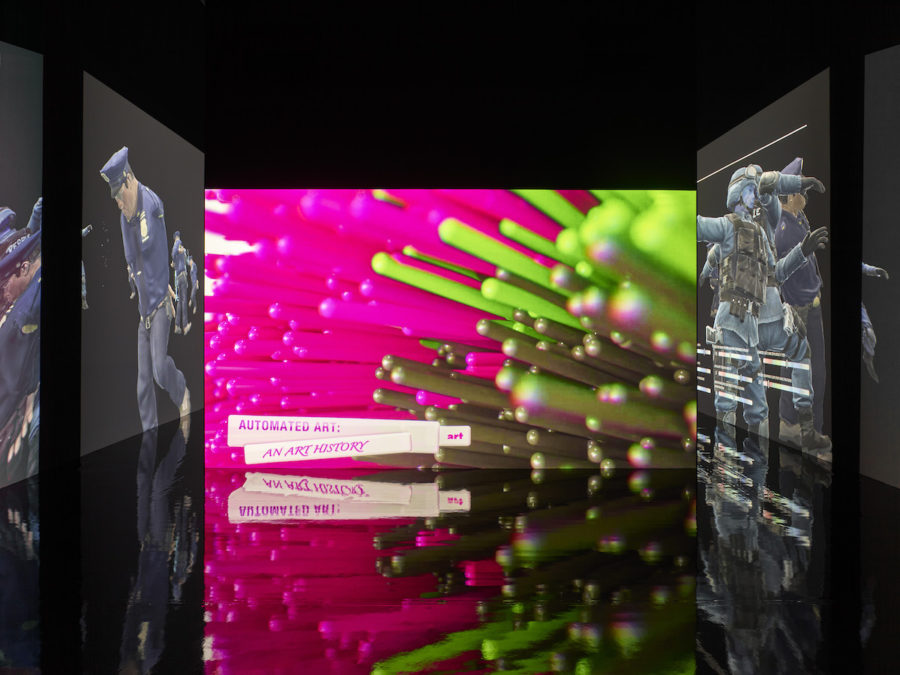
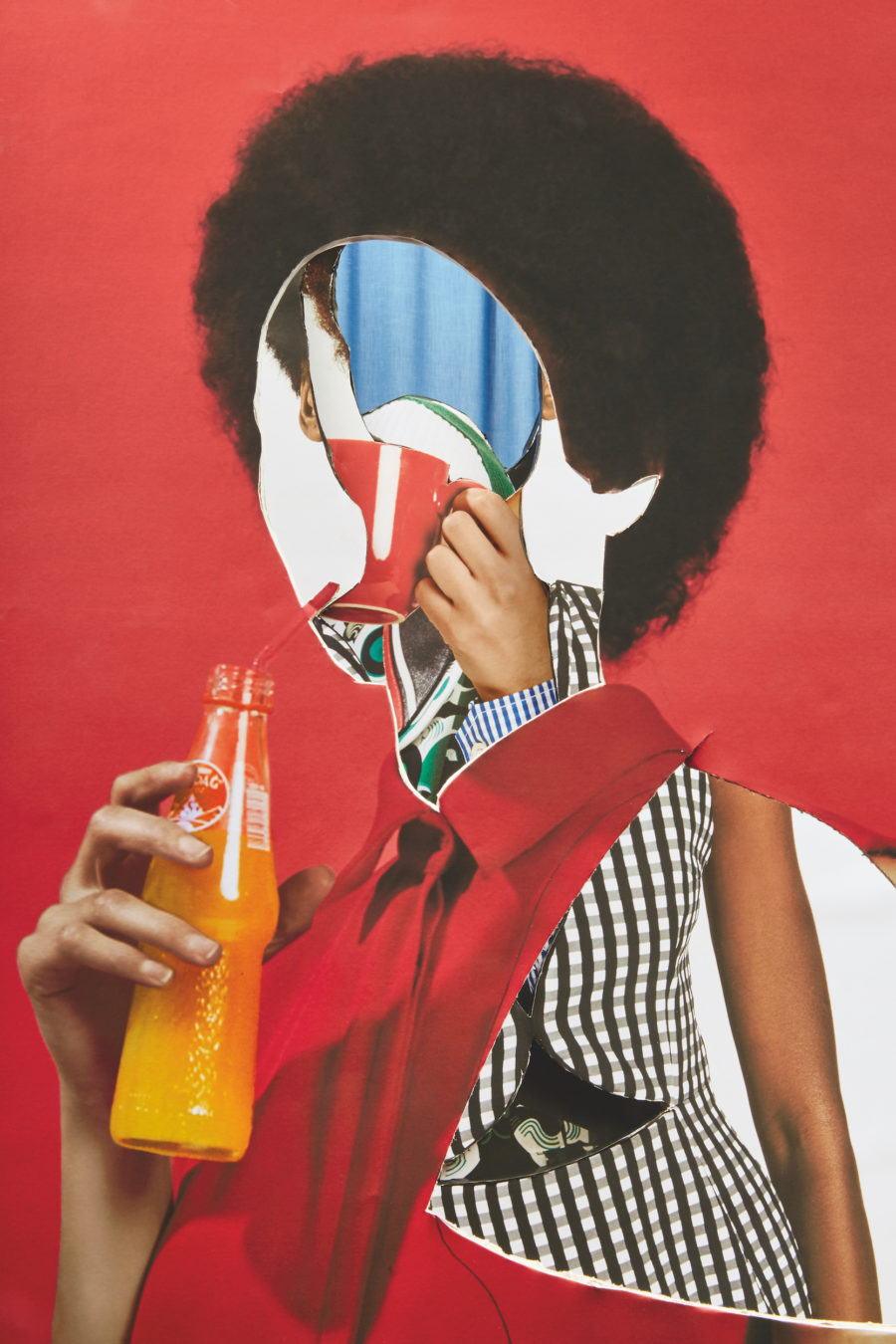
With insight from Omar Kholeif, Charlotte Cotton and Charlie Engman, the implications of the evolving nature and speed of image-making and sharing are considered.

Thiel discusses her career in both art and mechanical engineering, as she combines the two to create new digital works
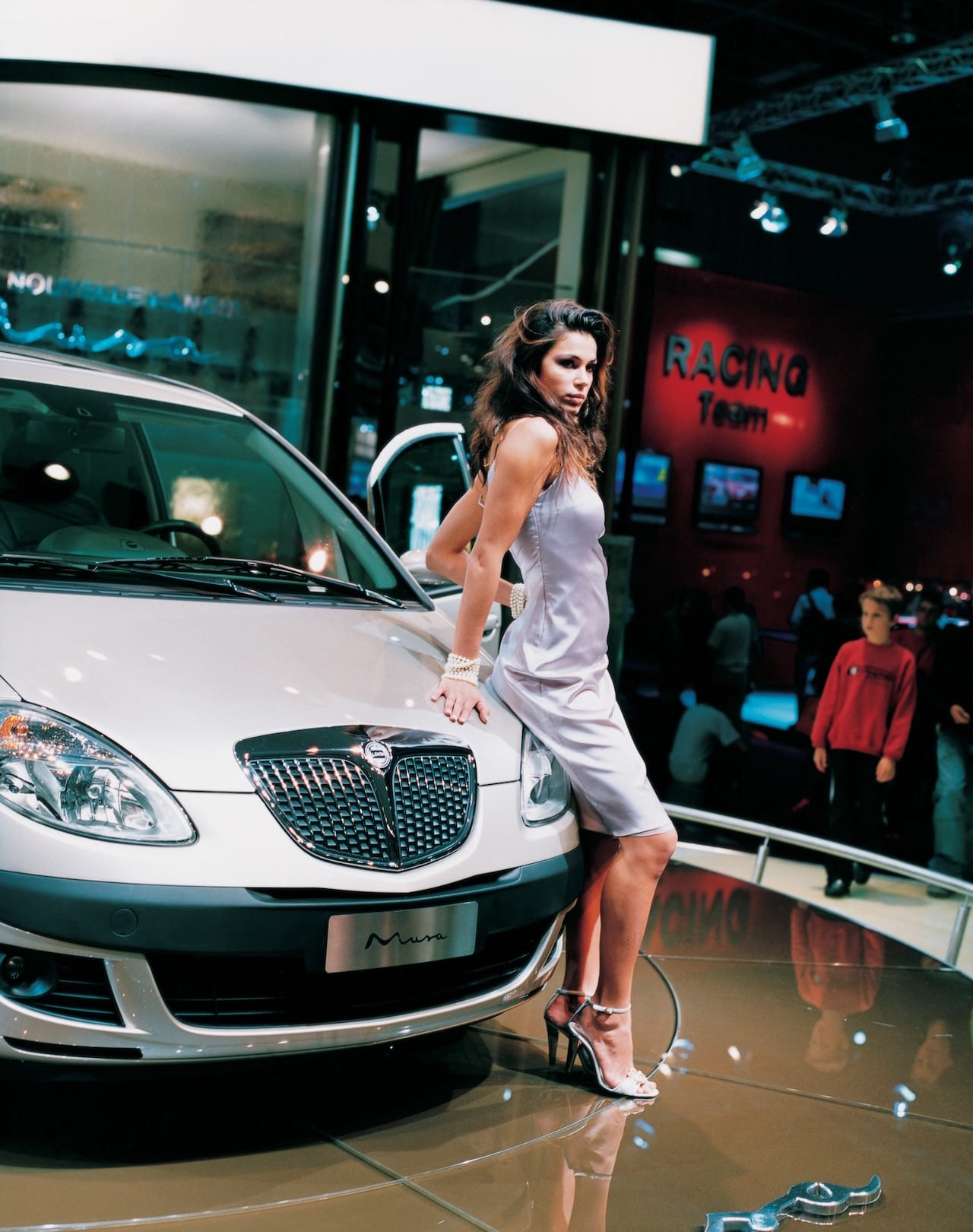
“I was trained as a sculptor, and this was the first time I had used the camera,” wrote Jacqueline Hassink in the Financial Times in 2011, of her breakthrough project The Table of Power. Between 1993 and 1995 Hassink contacted forty of the largest multinational corporations in Europe, asking to photograph their boardrooms. “I wanted to find a table that symbolised modern society’s most important value: economic power,” she writes. Nineteen refused, while the remaining 21, in Britain, the Netherlands, Germany, France, Switzerland and Italy, eventually agreed.
The book was published in 1996; it was the first time that photographs of these places had been made public, and in the spring of 2009, after the global recession, Hassink decided to revisit the boardrooms. With The Table of Power 2, she examined how boardroom design, revenue and employee numbers had changed over the intervening years.
Hassink, who has died aged just 52, was born in Enschede, the Netherlands, on 15 July 1966. She trained to be a sculptor at the Royal Academy of Art in The Hague, and then at the Trondheim Academy of Fine Art in Norway, but after graduating in 1992, presented herself mainly as a photographer, publishing nine books – including another celebrated title, Car Girls, in 2009. It was shot over five years at car shows across seven cities in three different continents, including New York, Paris, Geneva, Tokyo, Detroit, and Shanghai, focusing in on differing cultural standards on ideals of beauty on the women paid to pose with the cars.
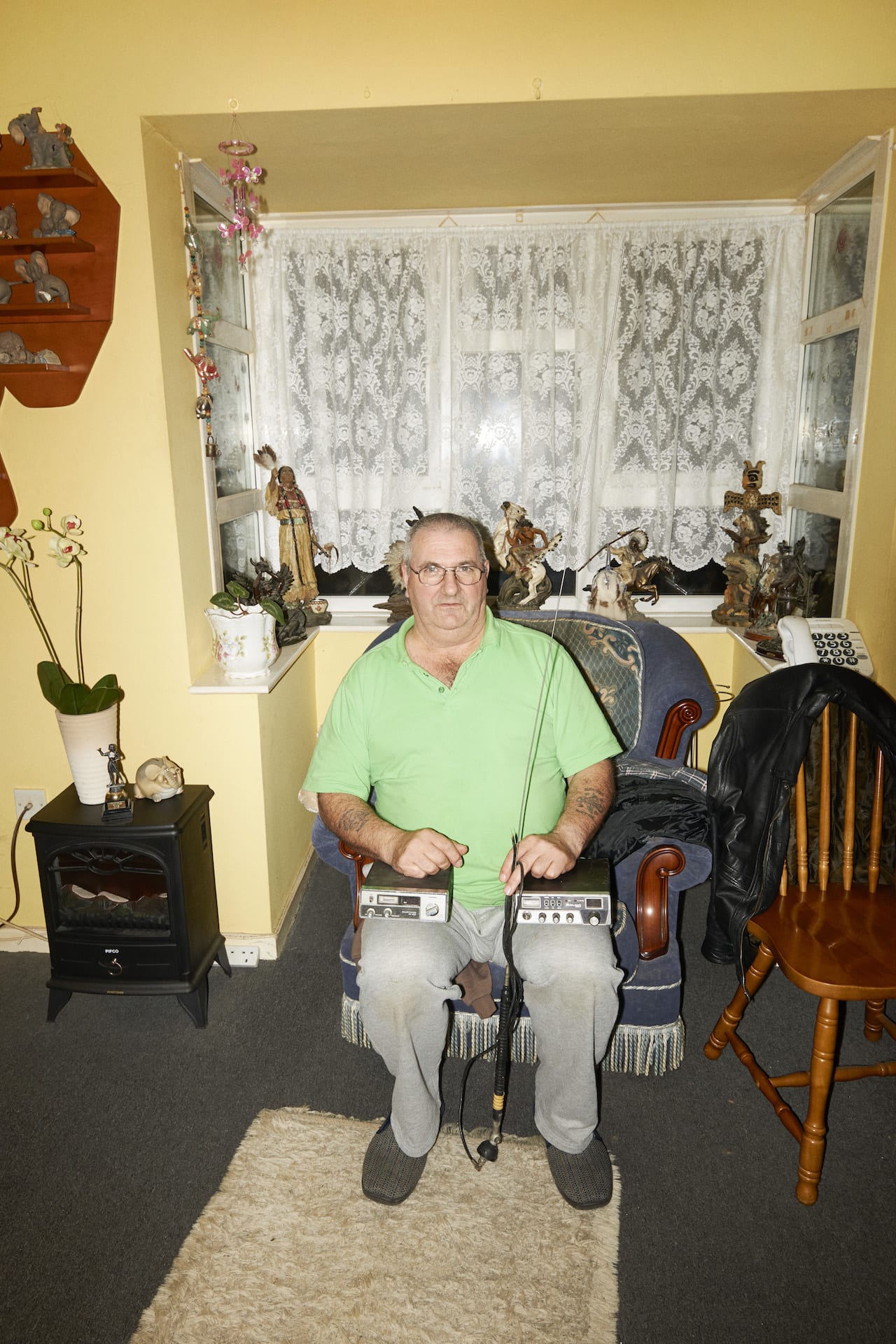
“It was before mobile phones, before the internet. It was the initial form of mass communication, a way you could chat to your friends for free. I remember lots of people in Suffolk got a CB radio and thought they were in the Dukes of Hazzard,” says David Titlow, whose latest photobook is a collection of portraits that bring together CB users and their Eyeball cards, their would-be business cards promoting their radio personality.
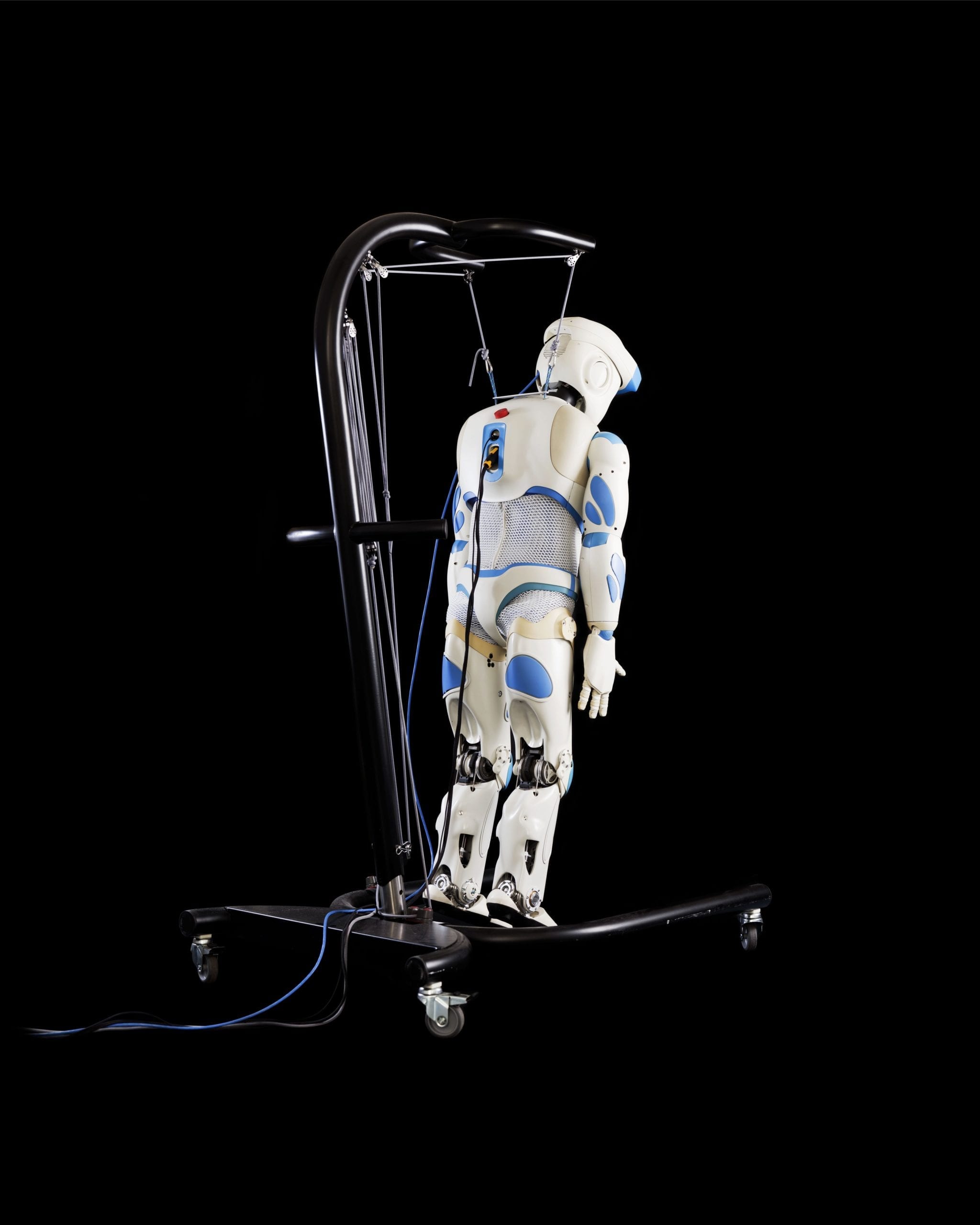
Inspired by his baby son’s time in hospital, photographer Reiner Riedler was compelled to pay tribute to remarkable medical technology and engineering that we rely on to keep us healthy and moving.
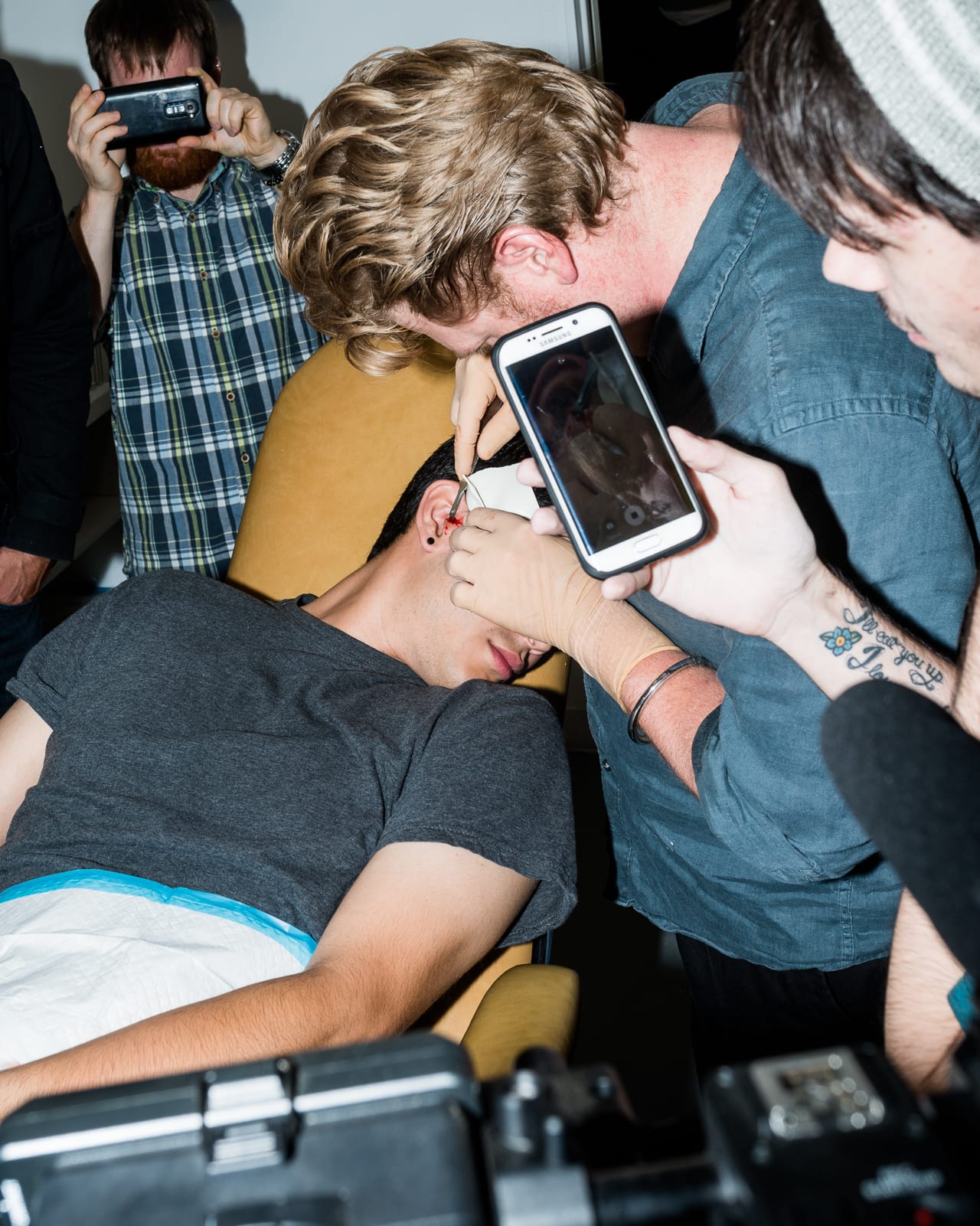
Grinders, which was nominated as a runner-up in this year’s British Journal of Photography Breakthrough Awards, focuses on a community of body hackers who undergo operations to add technology into their body. Like something out of a sci-fi novel, the group hope that slicing their bodies open will enable them to solve mankind’s problems through machine. The combination of man and machine is no longer futuristic fiction.